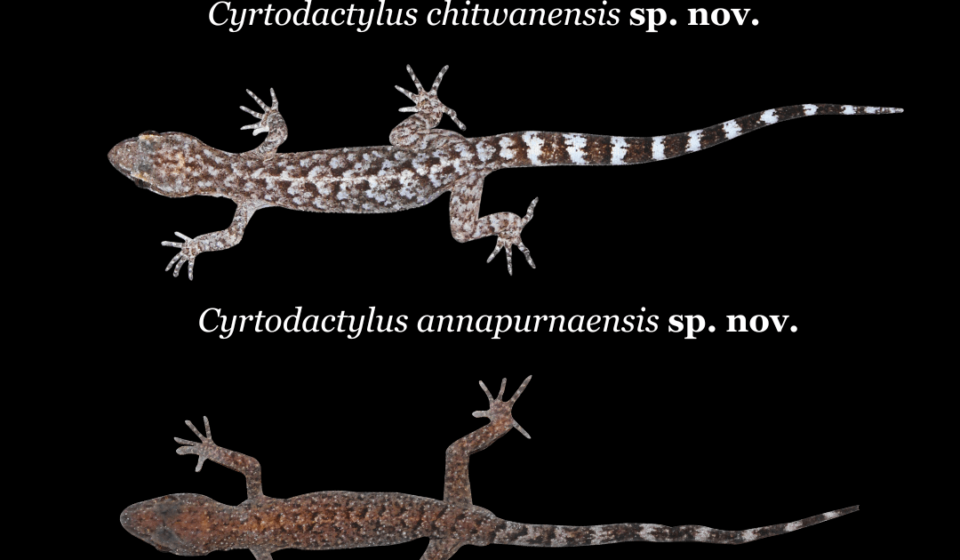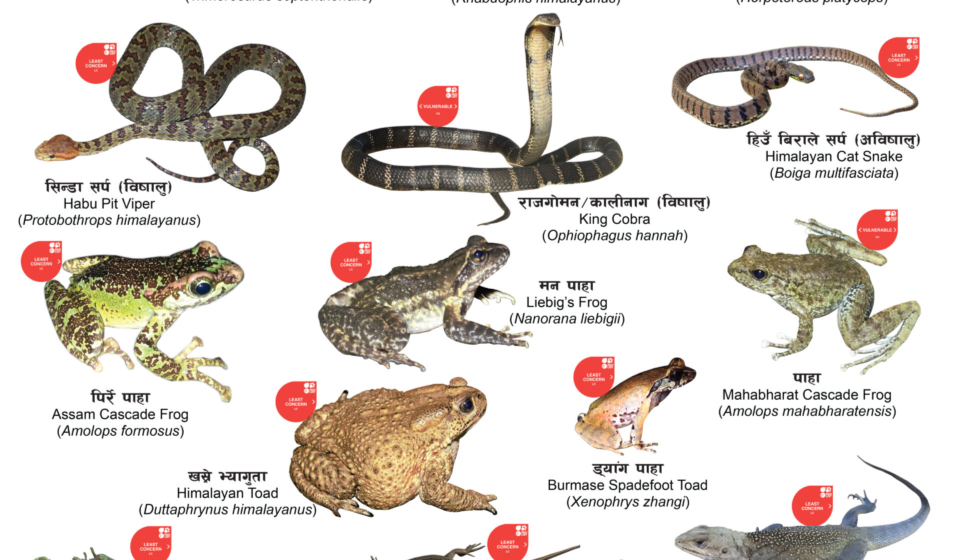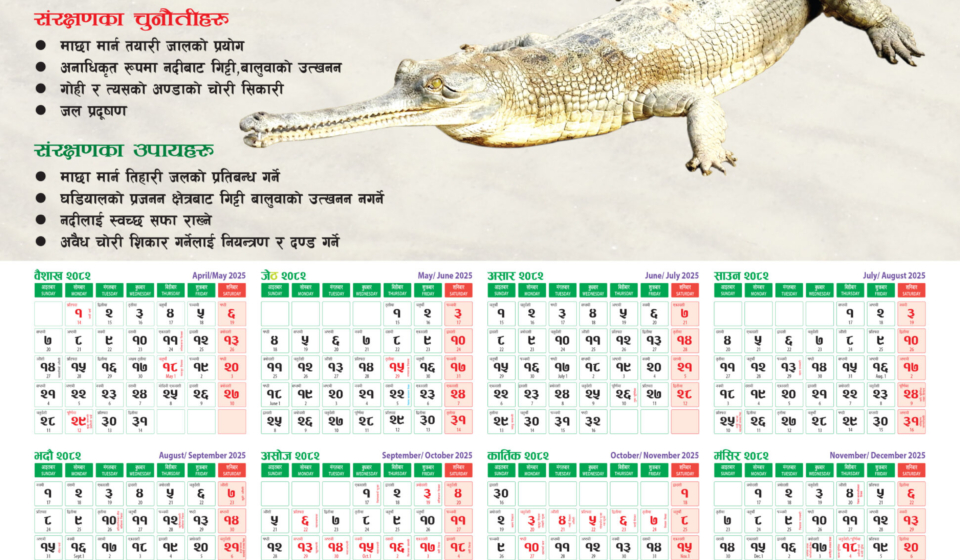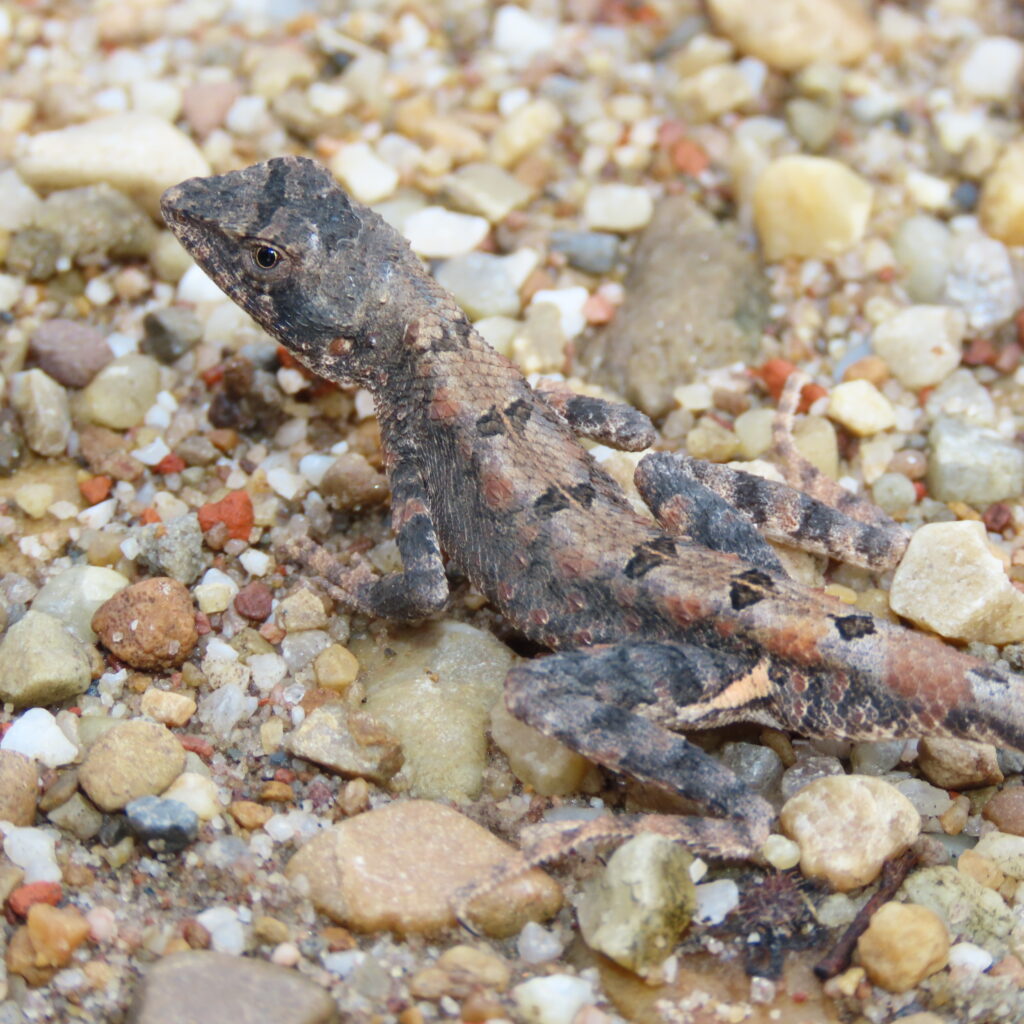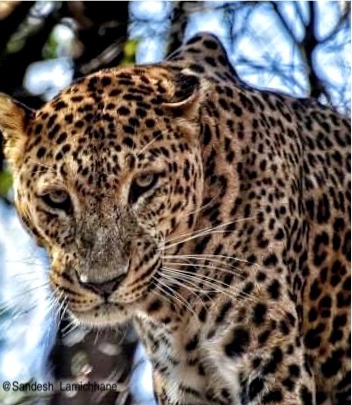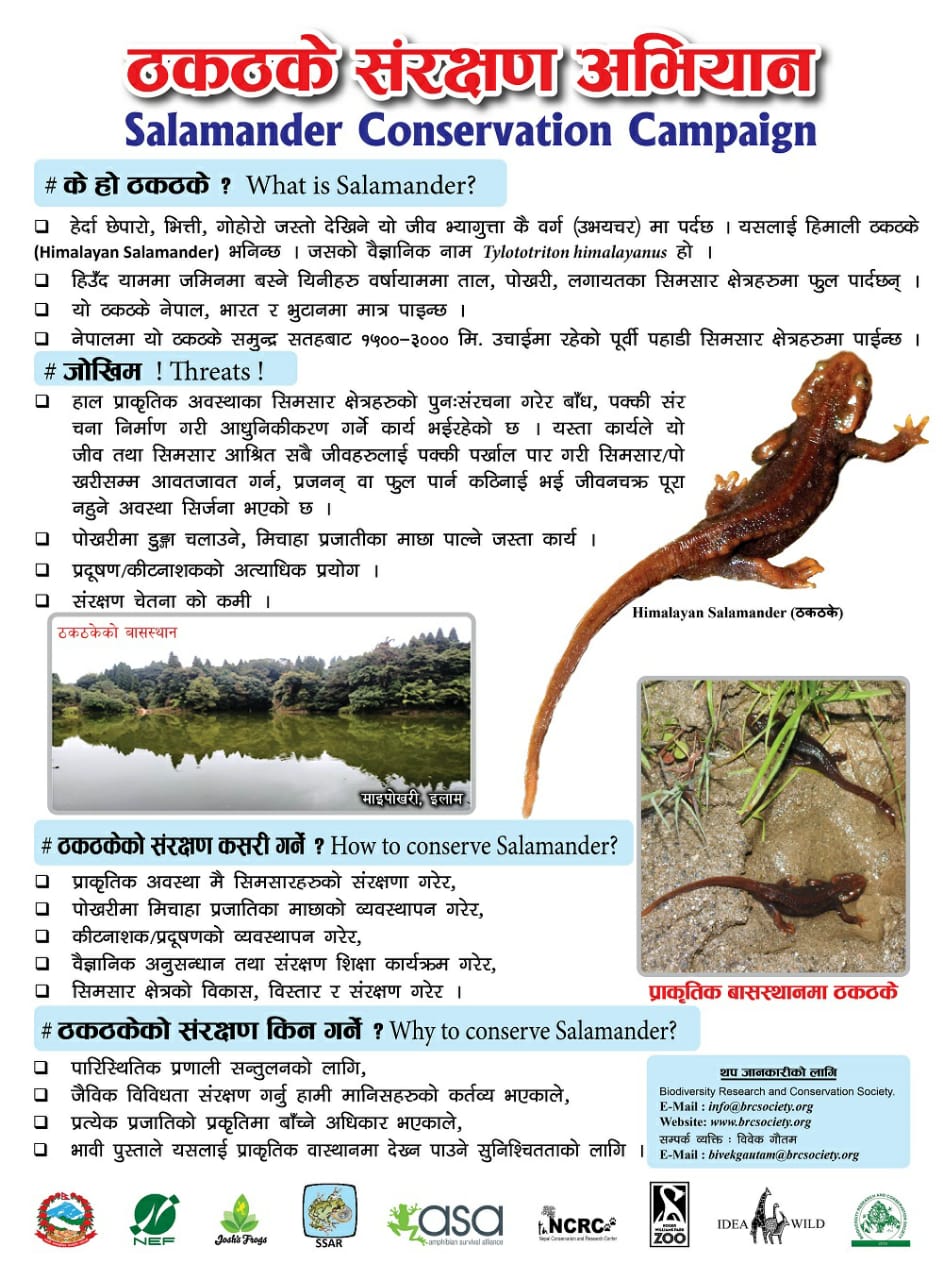Every year world wildlife day is celebrated on 03 March to commemorate the conservation efforts. Nepal Conservation and Research Center (NCRC) and Mithila Wildlife Trust (MWT) jointly marked the day in Madhesh province, Nepal with two different activities for Dark sitana (Sitana fusca) conservation aligning the theme of world wildlife day “Partnership for conservation” among women group and school students.

The Dark sitana (Sitana fusca) is a critically endangered lizard endemic to Nepal, so far only known from Madhesh province of Nepal. Therefore, to raise awareness on ecological and conservation importance of Drak sitana, we conducted an awareness session for peri-forest women group of Dudhpani community forest, Dhanusha. We also explored the local names and beliefs to respect the indigenous perceptions towards reptiles. We presented slides and video session whether they are aware of the presence of Dark sitana in their community forest or not. We distributed a copy of printed poster of Dark sitana to the participants of the session.
Session with students
We also marked world wildlife day with students at Mahadev Adharbhoot school to imprint conservation importance of Dark sitana and other wildlife in young minds. We found students were very keen and inquisitive to learn about biodiversity around them. We displayed the video of Dark sitana and other wildlife and presented about their behaviour, ecological significance and how students could be the part of the larger conservation arena.



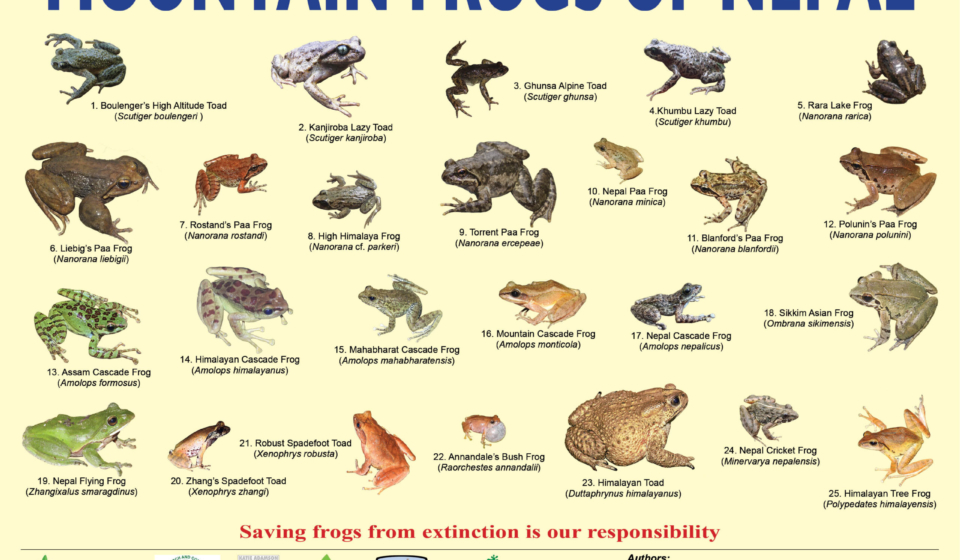

![Nepal[1]](https://ncrc.com.np/wp-content/uploads/2025/11/Nepal1-960x560.png)
